Shu-Hong Yu and his team have developed a method to construct kinetically stable anode materials for high-energy applications.
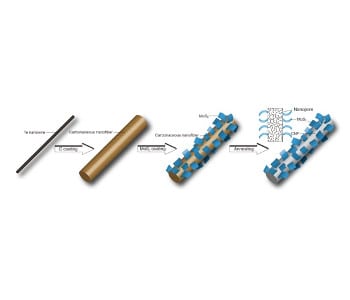

Shu-Hong Yu and his team have developed a method to construct kinetically stable anode materials for high-energy applications.
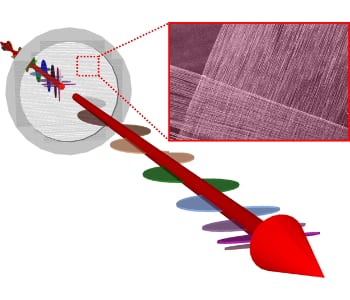
Cole et al. report the fabrication of free-standing, horizontally aligned carbon nanotube membranes.
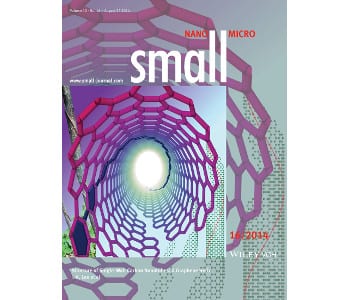
Researchers report that SWCNTs are tubular graphene in a unique armchair configuration, resulting from the growth of a zigzag graphene ribbon.
An international group develops a new three-component surface coating to reduce the number of infections caused by catheters.

MarkForged have introduced the Mark One 3D printer, which can print parts from continuous carbon fibers.
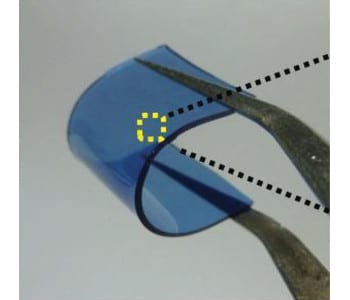
J.-M. Kim and co-workers from Hanyang University have developed a sensor film that enables colorimetric differentiation among SAHCs.
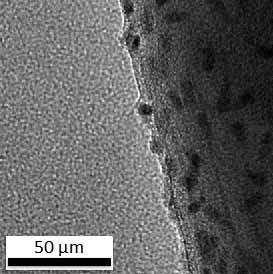
A research team has improved the DNA/RNA transfection ability of carbon nanotubes by optimizing the plasma processes used in their functionalization.
Rice, Göttingen, VU researchers track single-molecule proteins in living cells.
Geoff Ozin asks if carbon dioxide capture and utilization, a potential solution to the CO2 problem, is feasible with today’s photo-conversion technology.
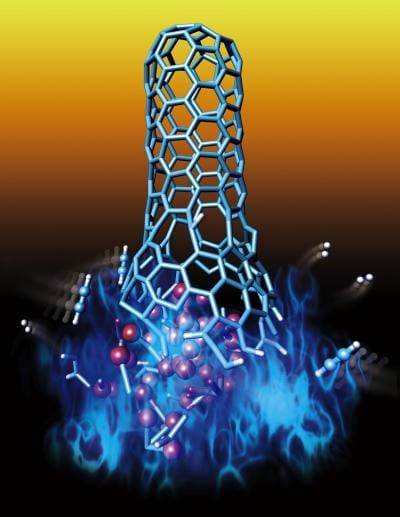
A research team have revealed that the molecular mechanism of carbon nanotube (CNT) growth and hydrocarbon combustion actually share many similarities.